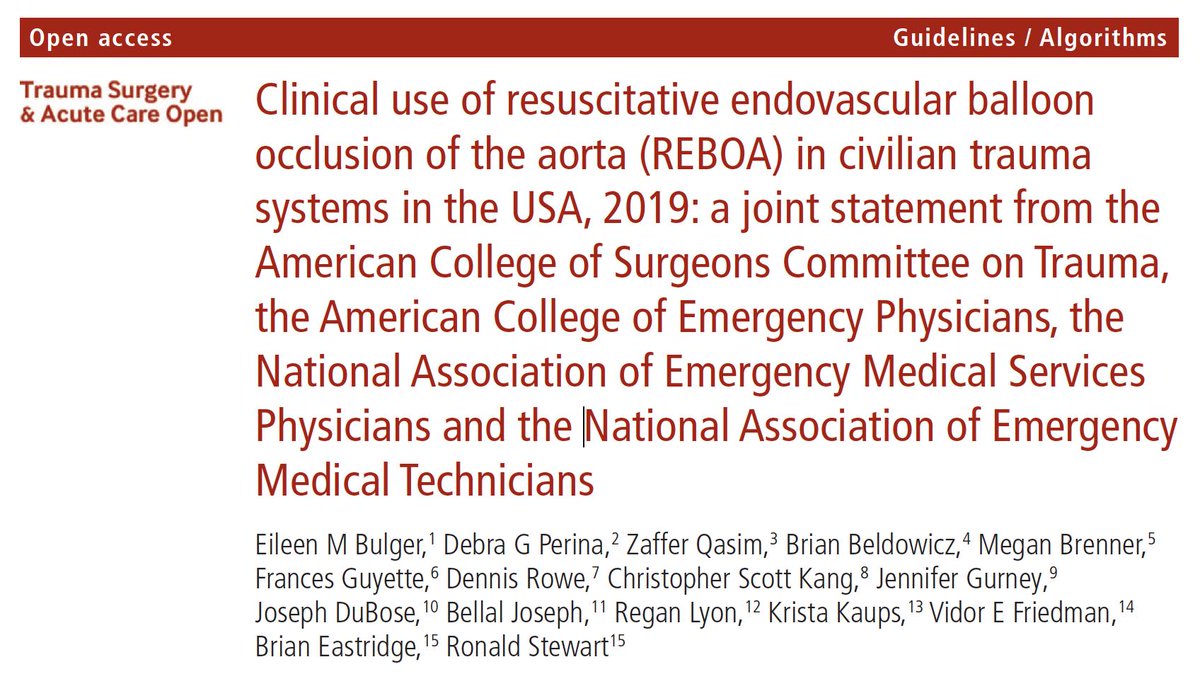(pictured is only one of several buckets)
My tips here:
1/x
#tweetorial
#foamed

This patient did well because of excellent #teamwork from scene to OR. We received an alert from the EMS team, and informed ENT early (not in house) to the situation and need for OR. Anesthesia and OR team were also informed to prepare for this
2/x
Position is key. This patient was awake & alert, and keeping them upright allowed them to spit out the blood. Give them the suction to use also.
3/x
This patient will need large bore IV access x2 (at least).
Bleeding can be brisk and profuse. Use blood products early, and consider activating your massive transfusion protocol based on clinical assessment.
Strongly consider IV TXA.
Wear PPE!
4/x
Direct tonsillar bed pressure can be applied, but may not be tolerated in awake patients. Soak gauze with lidocaine+epi (+/- TXA) & use forceps to press against the bleeding site.
Good lighting is essential. (If I had to do this, I'd intubate 1st)
5/x
In an alert patient, this may be delayed until the OR.
Nevertheless have a plan. This will be a difficult airway. Inform your team. Check your equipment. Preoxygenate (difficult!). Prepare for possible front of neck access
6/x
If you do need to intubate: think about position (may turn laterally to facilitate blood drainage); have double suction set up; adjust RSI dosages for the shock state; utilize most experienced operator; consider the stomach to be full of swallowed blood.
7/x
There is only so much you can do in the ED. This patient is at high risk of dying! Ultimate hemorrhage control needs the operating room and the ENT team. Therefore, maintain this trajectory throughout
8/x
Hopefully this will give you some useful points to consider.
Also read this great post from @First10EM here: first10em.com/tonsillectomy-…
Thanks for reading and stay #awesome
/end












